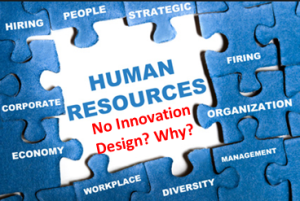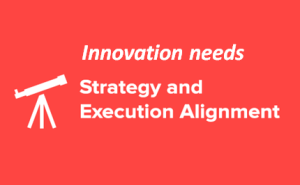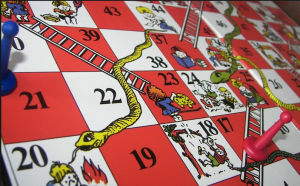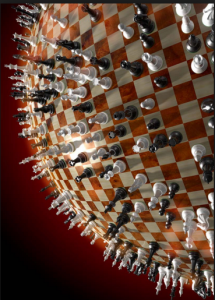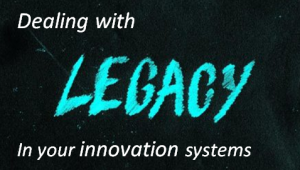 I know the feeling, there has been such a considerable investment that has gone into previous innovation processes to get them established but much of this is actually out of date, it has become today a real ‘legacy’ issue but there is, of course, a real reluctance to challenge it. Well you should!
I know the feeling, there has been such a considerable investment that has gone into previous innovation processes to get them established but much of this is actually out of date, it has become today a real ‘legacy’ issue but there is, of course, a real reluctance to challenge it. Well you should!
Often this reluctance to dispose of these old systems, processes and inadequate frameworks is holding innovation back.
I would argue that perhaps many of our current innovation practices are ‘frozen’ in past times and they significantly slow us down, in a world that is becoming one built increasing on speed, flexibility and adaptability.
We lose precious time as we should be forward looking. constantly learning and experimenting with new concepts and approaches to innovation and what and where these can bring in new growth, sustainability and value to our organisations.
Continue reading “Dealing with the innovation legacy lying within your business.”
